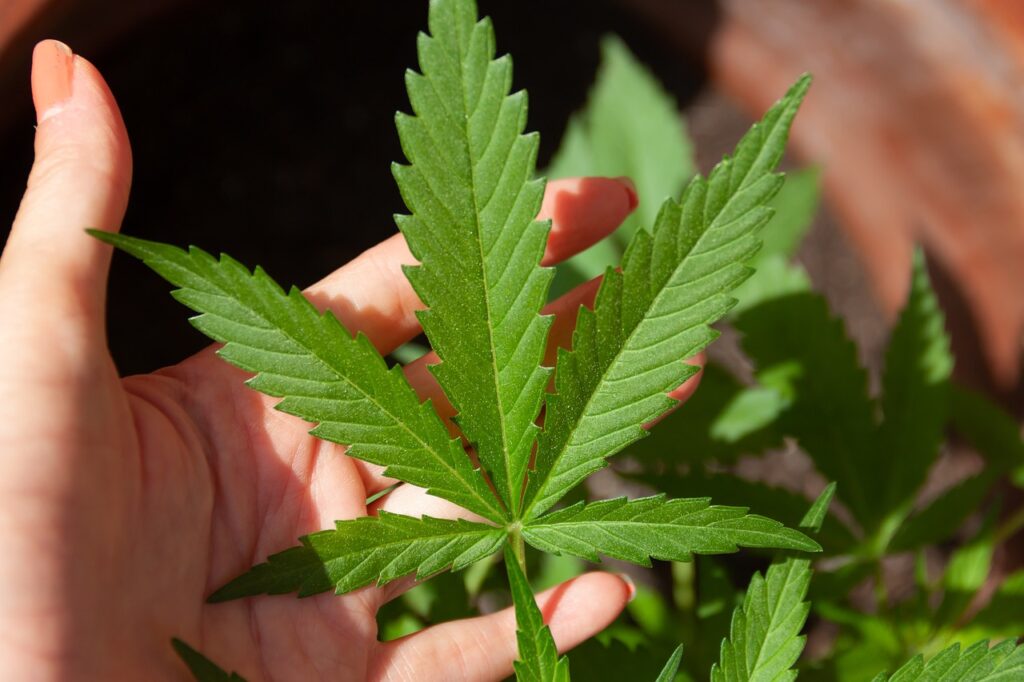
In recent years, the conversation surrounding marijuana has shifted from the stigmatized and controversial to a more nuanced exploration of its potential health benefits. As legalization efforts gain traction across the globe, the medicinal properties of marijuana are coming to the forefront. This article delves into the therapeutic potential of marijuana, exploring its various compounds, mechanisms of action, exploring the health and wellness benefits of delta-8 flower and the growing body of evidence supporting its use for health and wellness.
The Cannabis Plant: A Medicinal Treasure Trove
Marijuana, scientifically known as Cannabis sativa, is a complex plant containing over 100 unique compounds known as cannabinoids. Among these, tetrahydrocannabinol (THC) and cannabidiol (CBD) are the most widely studied and recognized for their medicinal properties. THC is renowned for its psychoactive effects, while CBD is non-psychoactive and has garnered attention for its potential therapeutic applications. In line with this, explore the internet to find a website dedicated to THCA. With THCA explained, you can better understand the intricate world of cannabinoids and their potential therapeutic benefits. Unlike THC or CBD, THCA is non-intoxicating in its raw form, as it only becomes THC through decarboxylation, a process that involves heat.
Cannabinoids: The Power Players
THC: Beyond the High
THC is the compound for the euphoric “high” associated with marijuana use. However, its therapeutic potential extends beyond recreational use. Research suggests that THC possesses analgesic properties, making it effective in managing chronic pain conditions such as neuropathy and arthritis. Moreover, it has antiemetic effects, offering relief to individuals undergoing chemotherapy and suffering from nausea and vomiting.
CBD: A Non-Psychoactive Wonder
Unlike THC, CBD does not produce a high, making it an attractive option for those seeking medicinal benefits without the intoxicating effects. Studies indicate that CBD may have anti-inflammatory, anxiolytic, and neuroprotective properties, making it a potential therapeutic agent for various conditions, including anxiety disorders, epilepsy, and neurodegenerative diseases.
The Endocannabinoid System: A Balancing Act
The endocannabinoid system (ECS) discovery in the late 20th century shed light on the intricate relationship between cannabinoids and the human body. The ECS regulates various physiological processes, including mood, appetite, sleep, and immune response. Both endocannabinoids (produced by the body) and phytocannabinoids (derived from plants, like marijuana) interact with the ECS, contributing to overall health and homeostasis.
Medical Applications of Marijuana
Chronic Pain Management
One of the most well-established medicinal uses of marijuana is in the management of chronic pain. Conditions such as fibromyalgia, multiple sclerosis, and arthritis often result in persistent pain that can significantly impact the quality of life. Studies have shown that cannabinoids, notably THC and CBD, exhibit analgesic properties by modulating pain perception pathways in the central nervous system.
Anxiety and Mental Health Disorders
Anxiety disorders affect millions worldwide, and conventional treatments often come with side effects and the risk of dependency. CBD, with its anxiolytic properties, has gained attention as a potential natural remedy for anxiety disorders. Research suggests that CBD may influence serotonin receptors in the brain. Additionally, the anti-inflammatory effects of cannabinoids may contribute to the overall improvement of mental health.

Epilepsy and Seizure Disorders
One of the breakthroughs in medical marijuana research is its efficacy in treating certain forms of epilepsy, particularly in children. Epidiolex, a CBD-based medication, has been approved by the U.S. Food and Drug Administration (FDA) for the treatment of rare and severe forms of epilepsy, such as Dravet syndrome and Lennox-Gastaut syndrome. The anticonvulsant properties of CBD have provided hope to patients and families grappling with the challenges of uncontrolled seizures.
Cancer-related Symptoms and Treatment Side Effects
Cancer patients undergoing chemotherapy often experience debilitating side effects, including nausea, loss of appetite, and neuropathic pain. Both THC and CBD have demonstrated their utility in alleviating these symptoms, improving the overall quality of life for cancer patients. While more research is needed, these findings underscore the potential of marijuana to complement conventional cancer treatments.
Neurological Disorders and Neuroprotection
The neuroprotective properties of cannabinoids, particularly CBD, have been investigated as a potential avenue for slowing the progression of these conditions. While research is still in its early stages, preliminary findings indicate that cannabinoids may have anti-inflammatory and antioxidant effects, which could protect neurons from damage and degeneration.
The landscape of medical marijuana is evolving rapidly, with an increasing number of studies highlighting its diverse therapeutic potential. From managing chronic pain to addressing mental health disorders and offering hope to individuals with epilepsy, the medicinal applications of marijuana are vast and promising. Green medicine, in the form of marijuana, has the potential to revolutionize healthcare by providing alternative and complementary treatments for a myriad of conditions.
However, it is imperative to approach its use cautiously, ensuring that patients receive standardized, quality-controlled products and that healthcare professionals have the knowledge to make informed recommendations. As the conversation surrounding marijuana shifts from stigma to science, the full spectrum of its therapeutic capabilities is gradually being unveiled, offering new possibilities for health and wellness in the years to come.













